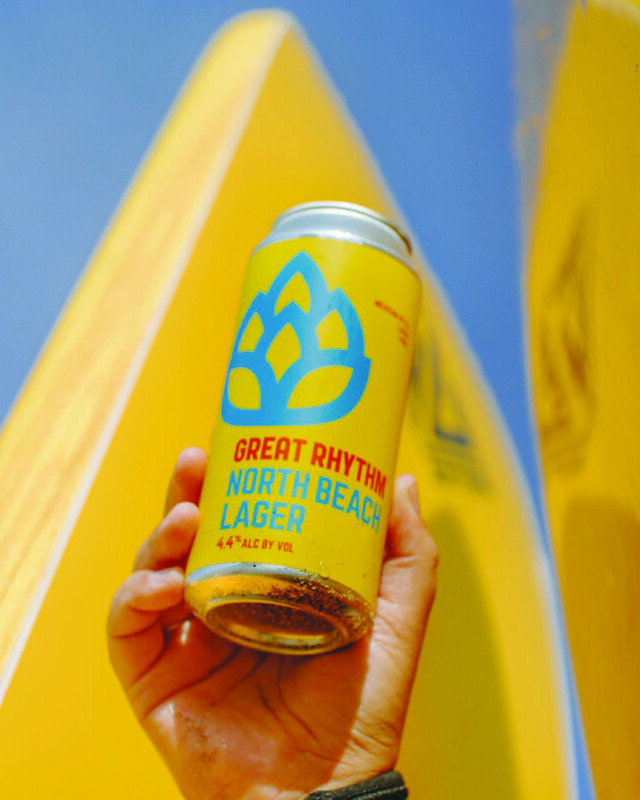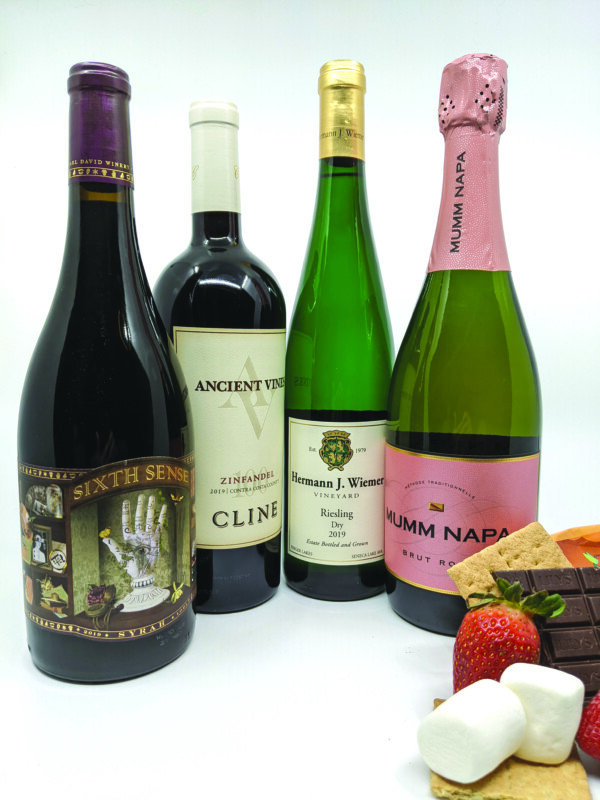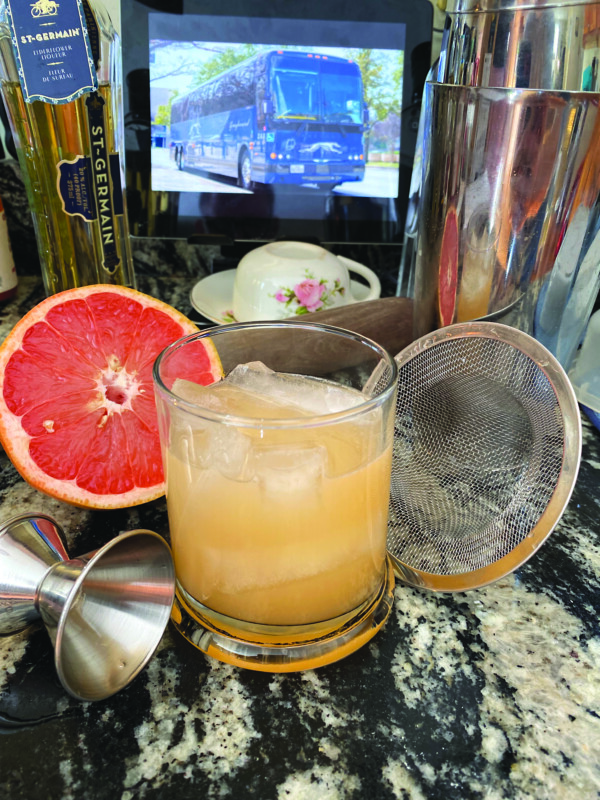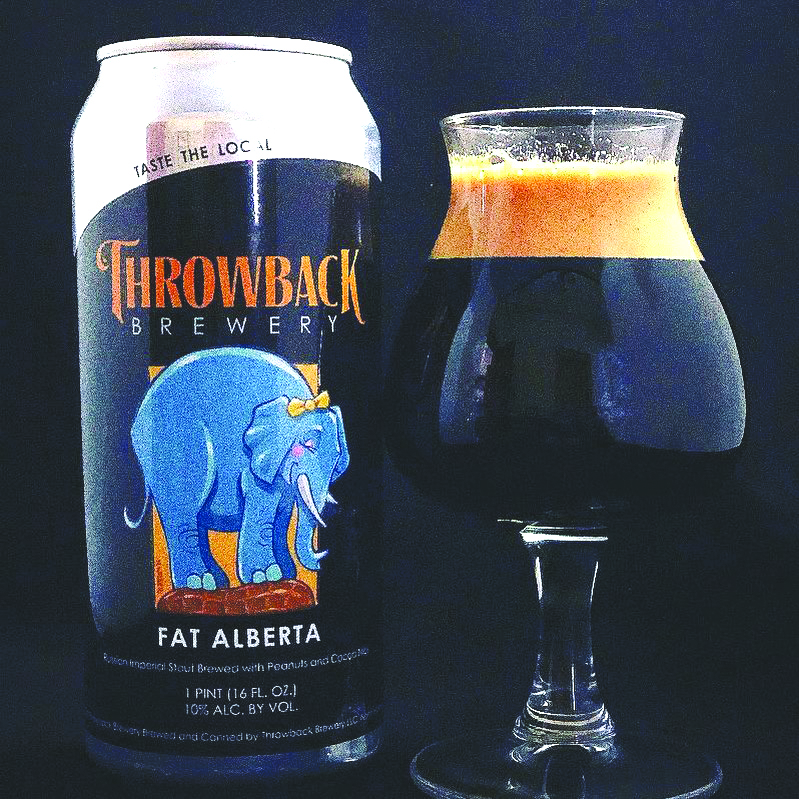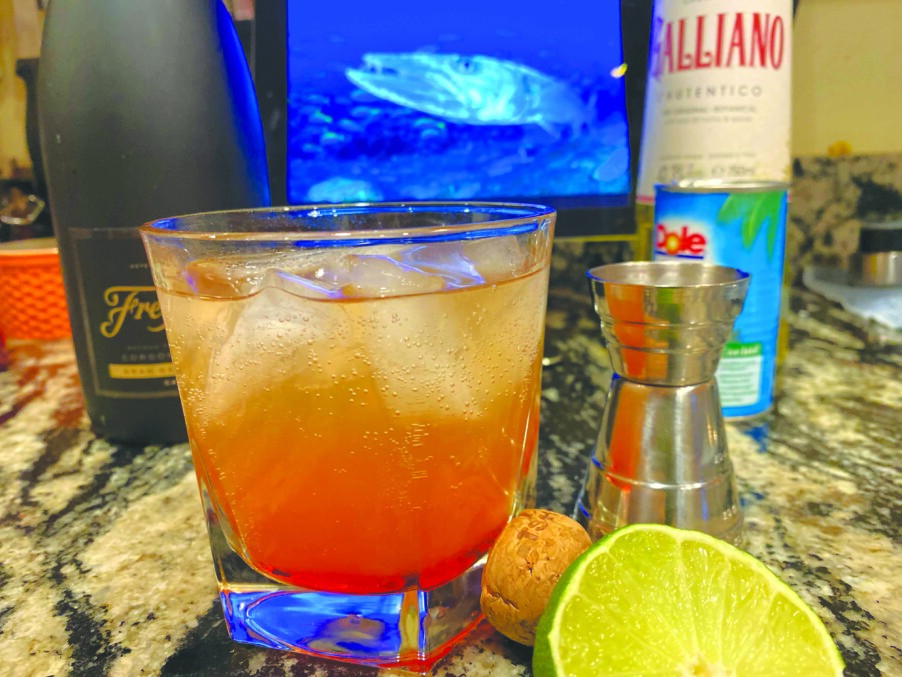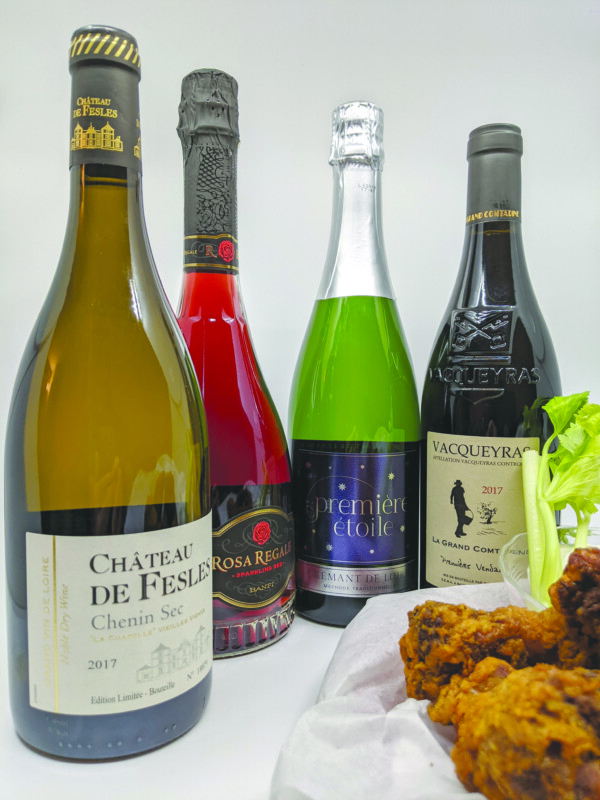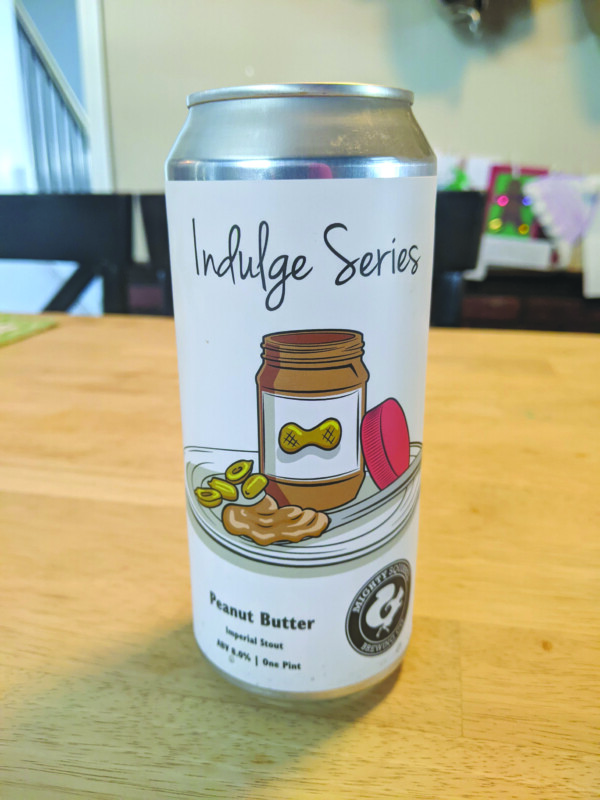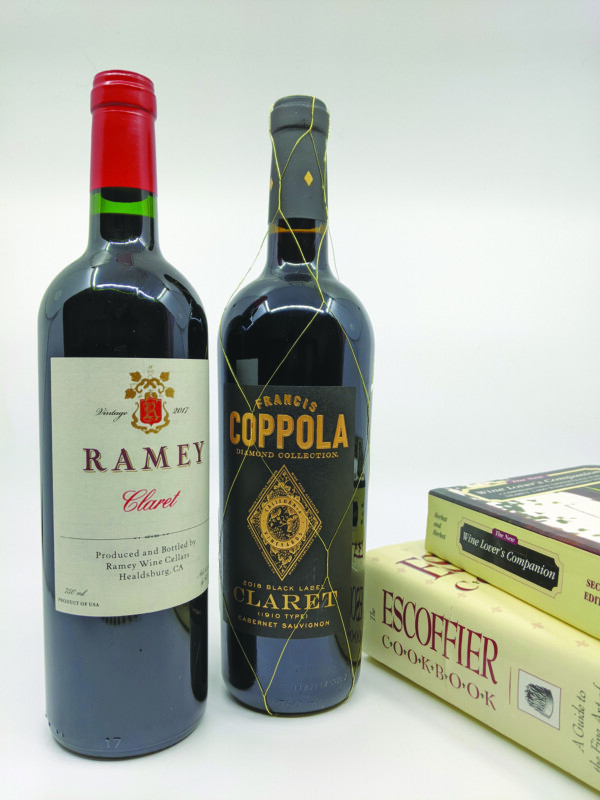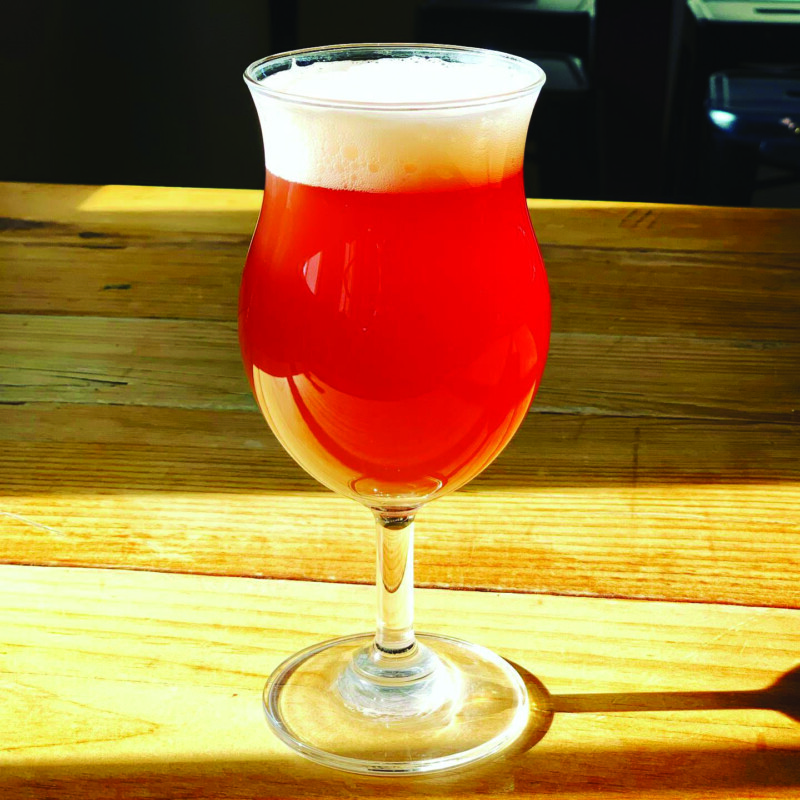Three beers for a game you don’t really care about
It was kind of surreal when Tom Brady retired.
It shouldn’t have been shocking that a 44-year-old who had accomplished more than anyone else in the history of the sport decided to call it a career as he quite literally had nothing left to prove, but it was stunning all the same.
I suppose we all took it for granted that he’d, I don’t know, just keep playing. That’s what he said he was going to do after all. I believe his quote was — I’m paraphrasing — that he would keep playing until he sucked. And he never sucked.
I loved that he just retired without the farewell tour that’s becoming all too common these days across sports. He caught us all off guard and just called it quits. And good for him.
What does this have to do with anything?
Well, Brady’s retiring just made me think about how for the first time in what feels like a really long time, New England sports fans really don’t have a vested interest in this Sunday’s Super Bowl. The Patriots didn’t make it and neither did Brady’s Buccaneers. And it’s not like either of the participants is a longtime Patriots nemesis either.
Do you have strong feelings about who wins between the transplanted Los Angeles Rams and the Cincinnati Bengals? I sure don’t, though I suppose I’ll technically be rooting for the Bengals as it feels like L.A. has just won enough in general.
But who cares? Let’s drink some beers and eat some wings and all get heartburn together and not stress about the game itself. We’ve earned this.
So let’s embrace how care-free the Super Bowl can be if you don’t really care who wins. Here are three New Hampshire beers to help you do just that.
Team of Rivals Mango New England IPA by Able Ebenezer Brewing Co. (Merrimack) in collaboration with Backyard Brewery (Manchester)
This beer makes you go “woah.” (Or is it “whoa?”) [Editor’s note: It’s “whoa.”] It’s delightfully fruity but not overpoweringly sweet. When someone says New England-style IPA, to me, this is what the style is all about: hazy, juicy and exploding with flavor. IPAs can sort of overpower your tastebuds so I might suggest grabbing this to open your festivities and just enjoying the tropical deliciousness. That said, if you were to enjoy this with some spicy wings, I don’t think you’d regret that move.
North Beach Mexican Lager by Great Rhythm Brewing Co. (Portsmouth)
Why am I suggesting a Mexican lager during the most American of sporting events? Well, because your belly is full of IPA and chicken wings and your body is craving something lighter, something easier. This is perfectly light, crisp and yet plenty flavorful. Have this with some chili or maybe a pulled pork sandwich, or honestly, anything.
RVP (Robust Vanilla Porter) by Great North Aleworks (Manchester)
At this point, between the wings, the chili, and the pulled pork sandwiches, and who knows what else — not to mention the beer — you’ve probably consumed your fair share of calories for the week. It’s hard to believe just a few hours ago you were inputting your breakfast calories into your trusty calorie-counting app as if that was a worthwhile endeavor for Super Bowl Sunday. Also, there was probably some kind of dip you ate too much of. But maybe now you need something with just a touch of sweetness, you know, to balance out all the savory stuff. Enter RVP. It has a little sweetness from the vanilla and a little richness from the malt, but it’s also surprisingly dry and drinkable. My mom always made whoopie pies for my dad’s Super Bowl parties. Have an RVP with a whoopie pie as you close out the fourth quarter of this game you don’t really care about.
What’s in My Fridge
Plush Double IPA by Frost Beer Works (Hinesburg, Vermont) This is a delicious New England-style IPA featuring big notes of citrus, including orange and grapefruit and plenty of pine, too, along with minimal bitterness. This beer doesn’t taste like it’s 8 percent ABV, but it is, so be careful. Cheers!
Featured photo: North Beach Lager by Great Rhythm Brewing Company. Courtesy photo.

